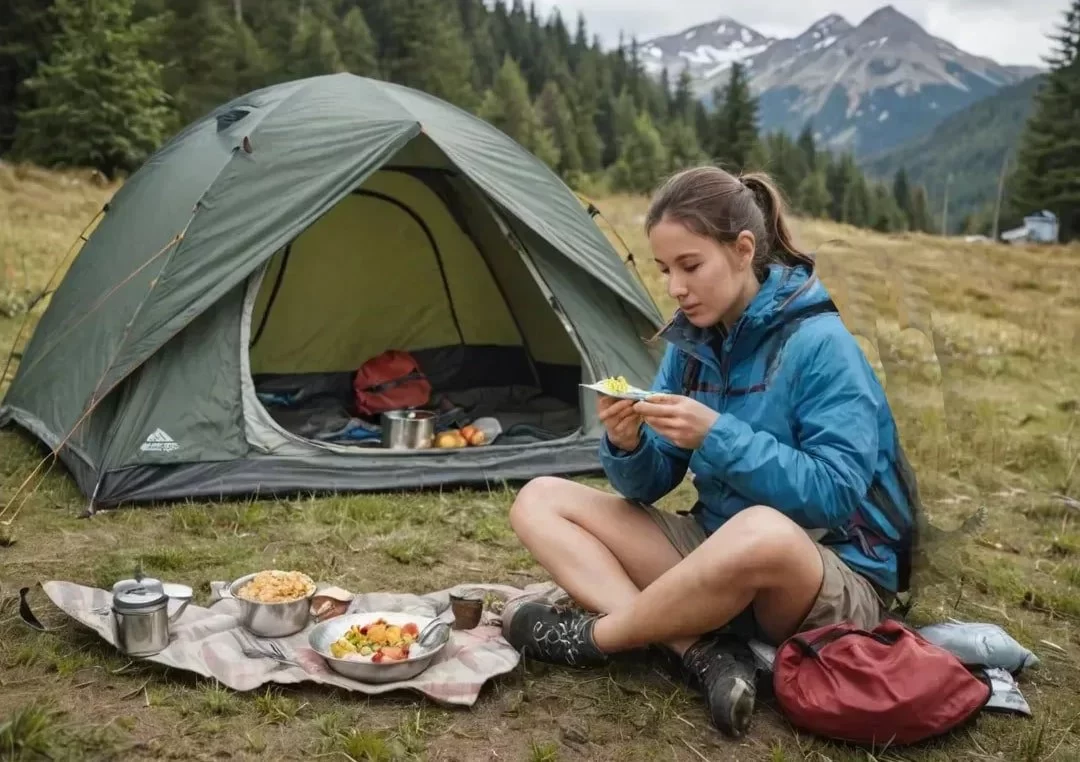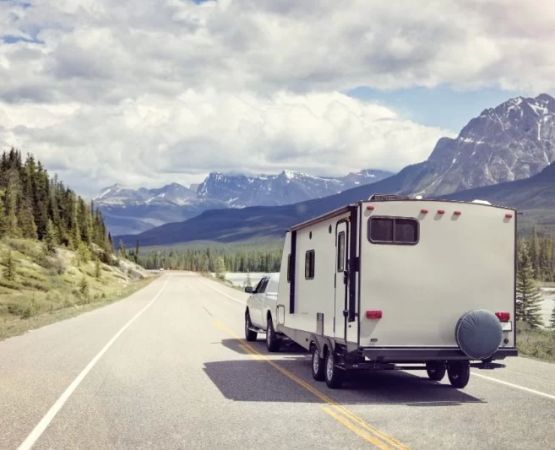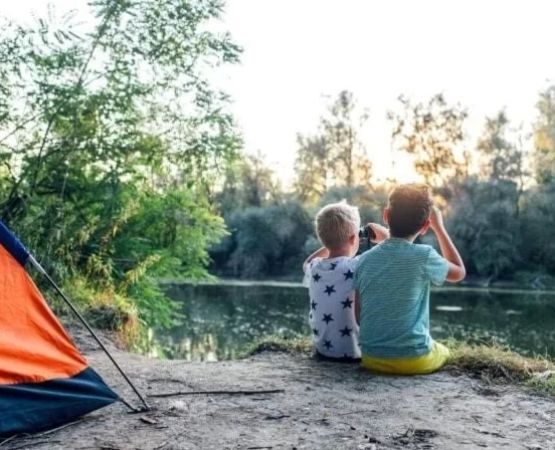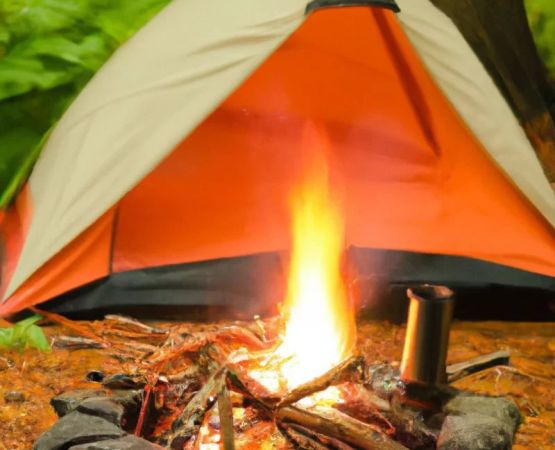Tips for Managing Long-Distance Hiking While Camping – Essential Hiking and Camping Advice
- Why Long-Distance Hiking with Camping is a Challenge
- Planning Your Long-Distance Hiking Trip
- Essential Gear for Long-Distance Hiking and Camping
- Tips for Managing Your Energy on Long Hikes
- How to Keep Motivated During Long-Distance Hikes
1. Why Long-Distance Hiking with Camping is a Challenge
Long-distance hiking combined with camping can be an incredibly rewarding experience, but it comes with unique challenges. Hiking for multiple days while carrying camping gear requires physical endurance, mental resilience, and careful planning. The weight of your backpack, the ever-changing weather conditions, and the strain on your muscles and joints can all contribute to a demanding yet fulfilling adventure. Managing these factors effectively is key to making the most of your long-distance hiking experience while camping.
Moreover, the joy of being immersed in nature, away from daily distractions, can also be a source of motivation. However, it’s essential to recognize that with every trek, there will be ups and downs, and preparing well for these challenges is crucial to ensure a safe and enjoyable journey.
2. Planning Your Long-Distance Hiking Trip
Good preparation is the foundation of a successful long-distance hiking and camping trip. Here’s how to start planning:
1. Choose the Right Trail
When planning your hiking route, consider the length, difficulty, and terrain of the trail. Some of the best long-distance hikes include the Appalachian Trail in the U.S., the Inca Trail in Peru, and the GR20 in Corsica, France. Research the distance, elevation changes, and level of difficulty to determine which trail best suits your experience and physical abilities.
2. Plan Your Camping Stops
Alongside the trail, map out your camping stops. Many long-distance trails have designated campsites or areas where hikers can set up camp. These spots may include basic amenities like water sources, fire pits, and shelter. Knowing where you’ll camp each night helps prevent any surprises and ensures that you can plan your daily hiking distances to avoid overexertion.
3. Time of Year and Weather Conditions
Be mindful of the season and weather conditions when planning your hike. Spring and fall are often ideal for long-distance hikes because the weather is typically milder, and the trails are less crowded. However, if hiking in winter or summer, you must be prepared for extreme conditions like freezing temperatures or excessive heat. Check weather forecasts regularly, and plan accordingly to ensure safety and comfort.
3. Essential Gear for Long-Distance Hiking and Camping
Having the right gear is essential for both hiking and camping. Here’s what to bring on your long-distance adventure:
1. Lightweight Backpack
Your backpack is one of the most important items you’ll carry. A lightweight, durable, and well-fitting backpack will make the hike much easier. Look for a pack with adjustable straps, a padded waist belt, and enough compartments for your gear. The key is to balance comfort and weight, as a heavy pack can lead to discomfort and fatigue.
2. Sleeping Gear
When camping, having proper sleeping gear is vital for a good rest. Choose a lightweight, compact sleeping bag that suits the season, and invest in a comfortable sleeping pad for insulation from the ground. A hammock with a rainfly can also be a great option for lightweight campers who want to sleep under the stars.
3. Cooking Equipment and Food
For long-distance hiking, you’ll need portable cooking gear to prepare meals on the trail. A compact stove, lightweight cookware, and freeze-dried meals are practical choices. Make sure to pack high-energy, lightweight food that’s easy to prepare, such as granola bars, trail mix, and instant oatmeal.
4. Navigation Tools
Carry a reliable map, compass, or GPS device to help navigate the trail. Even if the route is well-marked, it’s important to have a backup navigation tool, especially if you plan to hike in remote areas. A guidebook with trail descriptions and a fully charged power bank for your devices is also a good idea.
4. Tips for Managing Your Energy on Long Hikes
Hiking for long distances while carrying gear requires careful energy management. Here are some tips to maintain your stamina throughout your trek:
1. Pace Yourself
Start each day at a comfortable pace to avoid burnout. Don’t rush the hike; instead, maintain a steady pace, taking frequent breaks as needed. Aim for consistent but moderate efforts to avoid draining your energy early in the hike.
2. Hydrate and Eat Regularly
Hydration is key to maintaining your energy levels. Drink plenty of water throughout the day, especially during strenuous parts of the hike. Regular, small snacks, such as energy bars and nuts, will help keep your blood sugar stable and prevent fatigue.
3. Use Proper Hiking Techniques
Proper hiking technique, including using trekking poles and maintaining a relaxed posture, can reduce strain on your muscles and conserve energy. Avoid hunching over, as it can lead to unnecessary fatigue and discomfort.
5. How to Keep Motivated During Long-Distance Hikes
Long-distance hiking can test your mental and physical limits. Staying motivated is essential to completing the trek. Here’s how to keep your spirits high:
1. Set Small Goals
Break the hike down into smaller, manageable goals. Focus on reaching the next landmark, campsite, or scenic viewpoint instead of thinking about the long distance ahead. Achieving smaller milestones gives you a sense of accomplishment and keeps your morale high.
2. Enjoy the Scenery
Instead of focusing solely on the challenge of the hike, take time to enjoy the beauty of your surroundings. Stop and appreciate the landscape, wildlife, and peaceful moments. Enjoying the journey can help lift your spirits when you’re feeling tired or discouraged.
3. Stay Connected
If possible, share your hiking experience with friends or family, either through photos, messages, or phone calls at rest stops. Their support and encouragement can keep you motivated, especially during tough stretches of the hike.
Ready to plan your long-distance hiking and camping adventure? Visit Pine Cliff Resort for expert recommendations on camping and hiking destinations, along with tips and advice for your next great outdoor journey!







